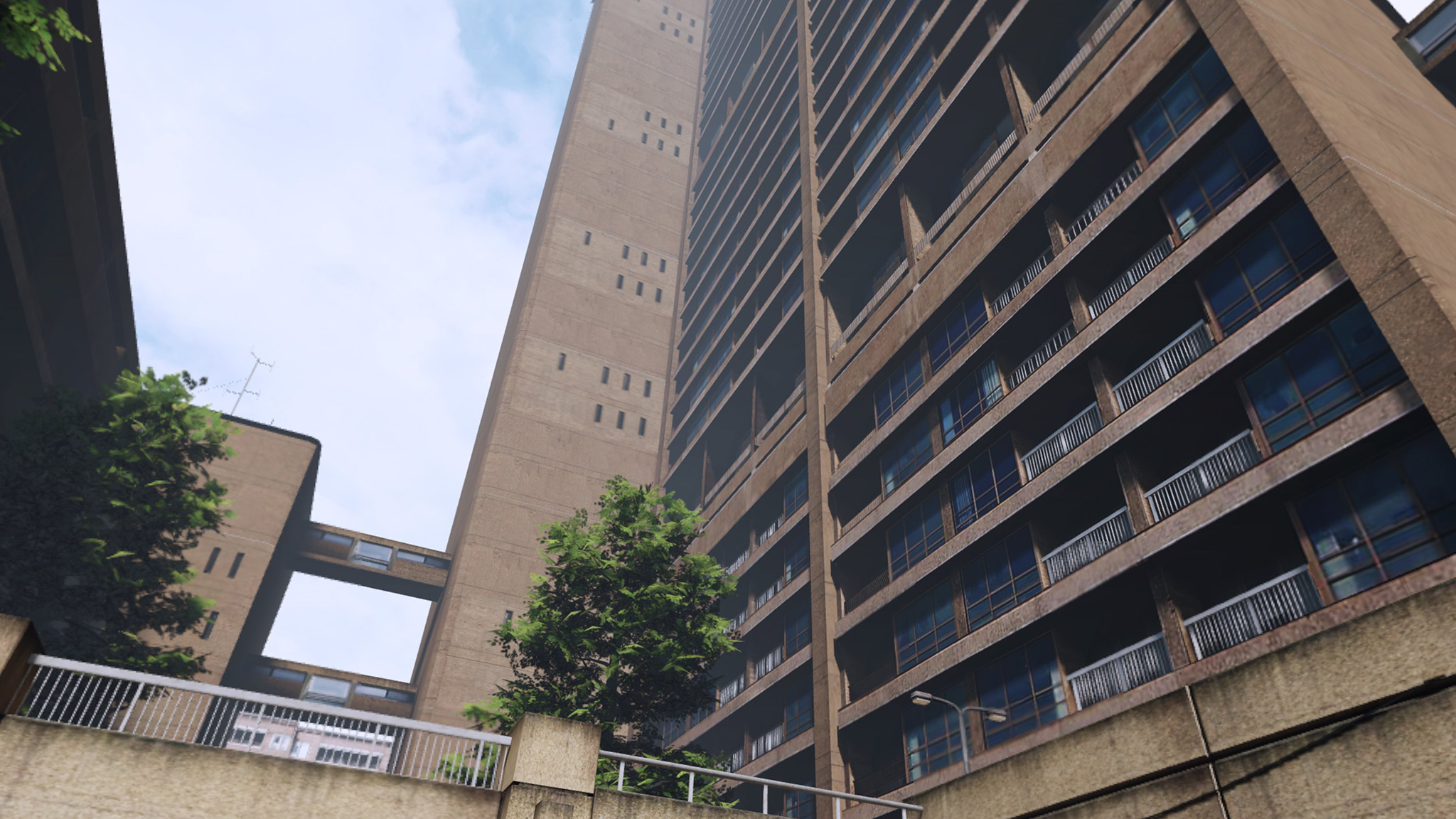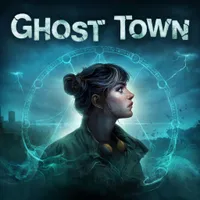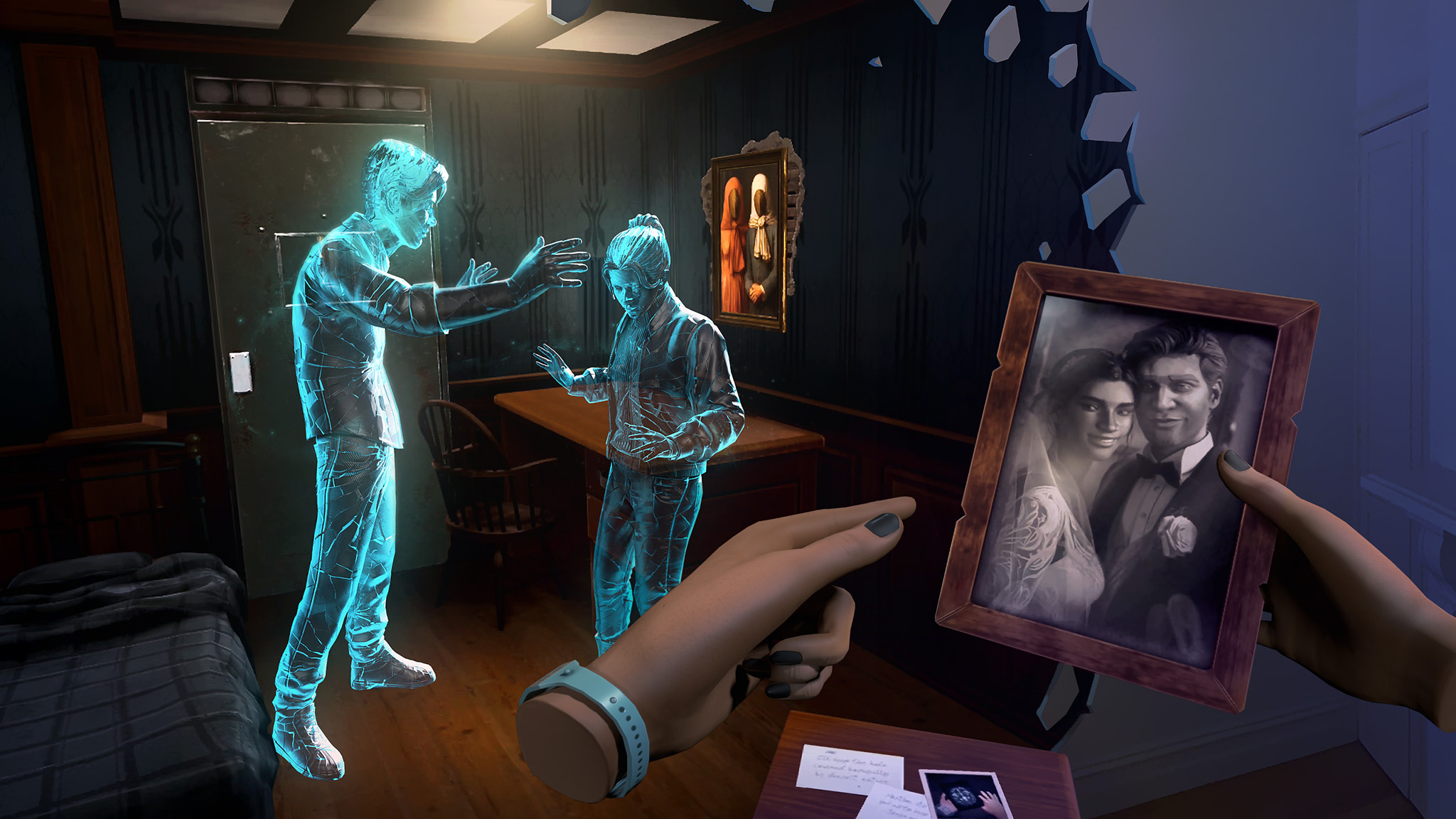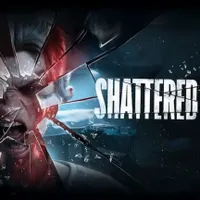Being a detective in VR is even better than playing Phoenix Wright
Ghost Town and Shattered have completely exceeded my expectations of what VR detective games can be.
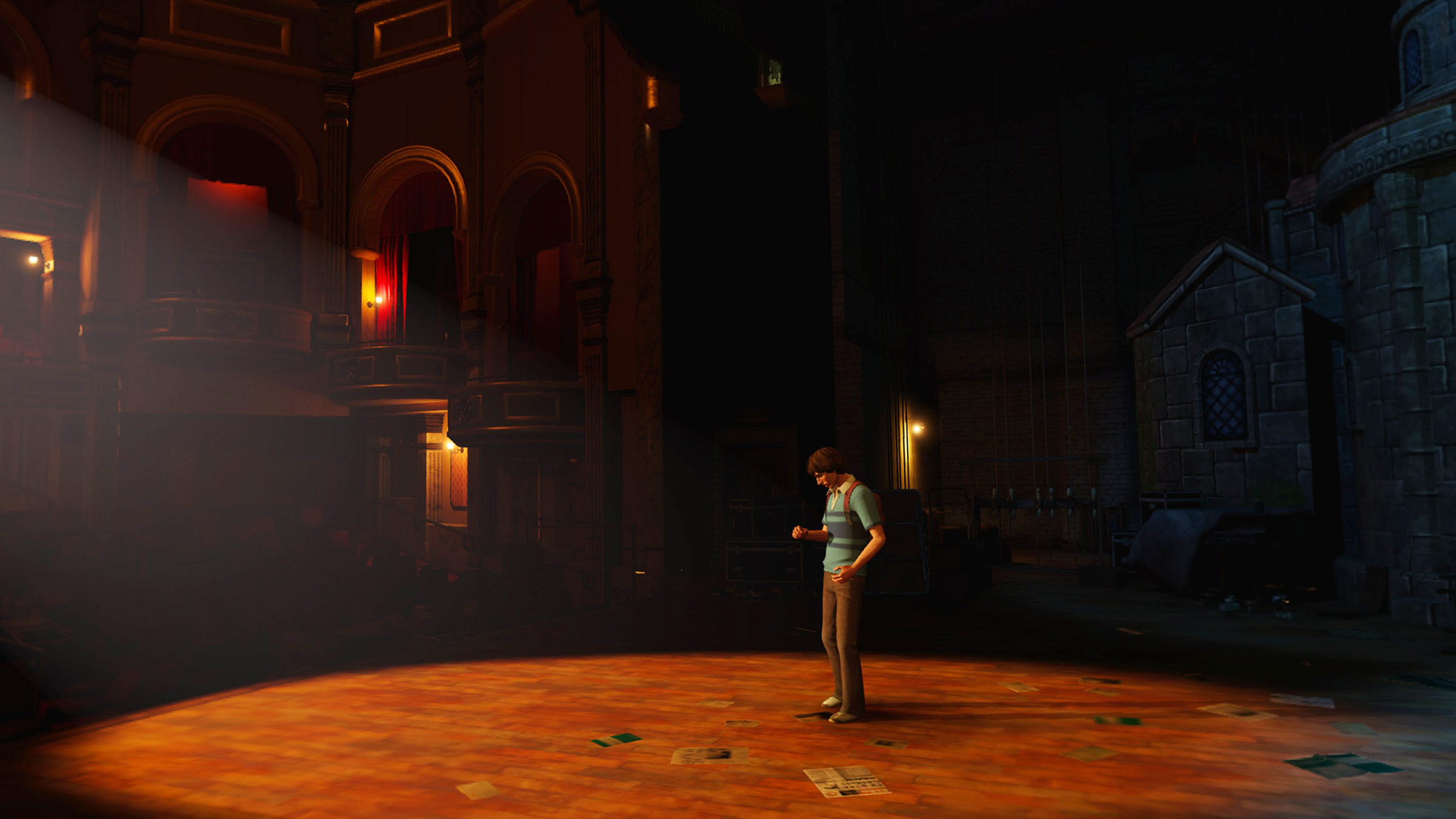

In his weekly column, Android Central Senior Content Producer Nick Sutrich delves into all things VR, from new hardware to new games, upcoming technologies, and so much more.
As detective games, Shattered and Ghost Town couldn't be more different. In one, you play a paranormal detective with the power to seal away ghosts that can't seem to let go of this world. In the other, you're stuck in a mysterious mental facility, slowly losing your mind as you try to unravel the mystery of what brought you there.
Ghost Town is a fully immersive VR game made by the folks behind The Room VR, one of the most critically acclaimed games on the Meta Quest platform. Meanwhile, Shattered takes full advantage of the mixed reality capabilities of the Meta Quest 3 and Meta Quest 3S, transforming your room into an interactive space that morphs along with the story.
Both games tell an incredible story that'll have you wondering what's next, not wanting to take the headset off until the mysteries have finally been solved. I haven't been this enamored with a detective game since that first Phoenix Wright release on the Nintendo DS eons ago. It's been incredible to don the detective hat once again and give myself a little taste of what being a modern-day Sherlock Holmes might feel like.
Entering Ghost Town
You are Edith Penrose, a paranormal detective who is finally getting her act together in life and becoming a success, just as your brother goes missing. But he didn't go missing in any traditional sense of the word. Rather, the event plays out in a haunted theater as the two of you are trying to exorcise the ghost of the show's lead actress, who was inadvertently murdered during opening night by a faulty prop knife.
The storytelling, animations, and voice acting are beyond what you would typically expect from a VR game. That's not to say that there are no VR games that feature these qualities, quite the opposite, considering titles like Batman Arkham Shadow exist, but I've come to expect that most VR games will always have a bit of an indie, understated flair to them.
This level of quality holds true throughout the entirety of the game's experience. The graphics are among the best I've ever seen on the Quest 3 and look more like a PC game, with very few exceptions. The environmental detail is superb, and while not everything in the environments is interactive, the available interactions are all done supremely well.
Levers you pull and knobs you turn have a palpable weight to them. The environment feels like it actually exists all around you, even if this is just a fantasy story. The same feeling was also present in the studio's prior work, The Room VR, so while it's not surprising to see it carry over to another game, it still feels like a breath of fresh air in an era when even the biggest name games ship with ridiculously stupid bugs and other design problems.
Get the latest news from Android Central, your trusted companion in the world of Android
Beyond just excellent base mechanics and environmental details, the game's puzzles, story, and settings are all incredibly well thought out and frightfully intriguing. I found myself thinking about the game hours after the end of a play session. It's a feeling I find happens most often with the best Meta Quest games because of their unique spatial quality.
Solving the puzzles felt challenging and rewarding because the developers don't hold your hand, but they do leave enough hints in the area to help you understand what you're supposed to do and where you go next. This quality is not often present in games, as it is very difficult to design environments so that the player has a general understanding of what they're supposed to do without having floating arrows or deliberate text telling players exactly what to do next.
You can still request a hint via a cleverly devised notebook system when you get stuck. Hints are found in the pull-out tab on the bottom of the notebook, but these hints don't feel too obvious, and there was never a time when I felt like I needed the developers to directly tell me what to do next.
Players familiar with The Room series will feel right at home with the puzzles here. While there is generally more narrative attached to the puzzles than some of the ones that series has, the general feel of most puzzles is right in line with what I expect from this developer's pedigree. These aren't obscure, sometimes obtuse puzzles, as I feel the Myst series can suffer from. Rather, the puzzles feel in line with the story and the setting, no matter where you are in the game.
I love how many different locales you'll go through in this game and how many characters you'll talk to, as well. Solving the “puzzle” of how to turn on the stage lights in an antiquated theater is a great example of how practical many of the games' puzzles are versus other titles that might throw you into a world filled with a collection of weird puzzles that don't make any sense in the greater context.
So far, Ghost Town is my meta quest game of the year. We might only be in May and have plenty to look forward to before the end of the year, but something this high quality only comes along every once in a while. It's a game I highly recommend to all Meta Quest players, especially since there's a free demo you can try before committing to the price.
Ghost Town
Paranormal detective Edith Penrose's life is overturned when her brother goes missing during an exorcism. Can you find him, or will the ghosts of the past forever haunt the present?
Shattering expectations
I've played a ton of incredible mixed reality games since the Meta Quest 3 came out in 2023, but few nail the execution as well as Shattered. Like all mixed reality games, Shattered places virtual objects around the room you're physically standing in. Suddenly, you'll find a new door or window on your wall and, of course, you're immediately compelled to see what's behind it.
That's when things start to get really trippy. Just like in games like The Last Stand or Spatial Ops, these windows and doors are portals to another world. The door you just opened might lead to your sister's apartment, or the office you swore you left at 5 o'clock.
These portals aren't just relegated to windows or doors, though. Sometimes, they're holes in the wall, or maybe a hatch on the floor that you'll have to unlock and peer down through. The first time you open the hatch and look through your physical floor into a completely different room is a thing of true amazement.
But that portal isn't one you can walk through, only one you can see through. As such, you'll have to use your mind's powers to clone the room's objects by aiming at them and placing them in your physical space. In a way, it's like solving an escape room from the outside-in, and every new room feels fresh in a way that's physically impossible in real life.
As you make your way through each of the game's case files, which will take you around 4 hours to complete in total, objects will start to pile up in your room. While you can remove these objects when you're done with them, I enjoyed leaving as many as possible to remind myself what I'd solved up until this point.
The story is told in memory fragments that you'll grab and place around you, assembling each piece in your space like a Hollywood movie. It's an incredible feeling that's unmatched on the platform, and it's a game that simply wouldn't make sense outside of a mixed reality headset.
Shattered
Exploring the depths of your mind never felt so visual! Unfortunately, for you, you're stuck in a mental institution while you unravel the secret of what brought you here, and find out if you'll ever be able to escape.

You must confirm your public display name before commenting
Please logout and then login again, you will then be prompted to enter your display name.



